Concise summary
Copper is an essential trace mineral for immune function, fertility, hoof/skin health, and parasite resilience. Many U.S. forages are marginal in copper, but true needs vary by region, soil type, and antagonists (iron, sulfur, molybdenum). Copper oxide wire particle (COWP) boluses help correct deficiency and can suppress barber pole worm (Haemonchus) beyond a few days; the antiparasitic benefit typically lasts weeks, not just three days. Dosing and frequency should be based on local conditions, diet analysis, and signs of deficiency, to avoid both under-supplementation and toxicity.
Practical guidance for goats
- Chip sizes and typical use:
- 2 g COWP: Common for kids and small breeds.
- 4 g COWP: Common for standard/large-frame adults.
Match dose to size, diet, and deficiency risk rather than age alone.
- Rule-of-thumb dosing (goats):
- Kids (≤50 lb / ~23 kg): 1–2 g.
- Yearlings/small adults (50–100 lb): 2–3 g.
- Mature adults (≥100 lb / ~45 kg): 3–4 g.
Start at the lower end if diets include copper-fortified feed/mineral or low antagonists; higher end if forage is known low-copper or high in iron/sulfur/molybdenum.
- Frequency:
- Commonly every 6–12 months.
- Use 6 months in high-antagonist regions or with recurring deficiency signs; 9–12 months where mineral programs are strong. Adjust using body signs and records rather than a rigid schedule.
- Parasite effect (COWP):
Copper bolus can reduce Haemonchus egg counts for several weeks in susceptible regions. It is a helpful adjunct, not a standalone dewormer. Pair with fecal monitoring, targeted selective treatment, pasture rotation, and nutrition. - Administration tips:
- Use a proper bolus gun; deliver to the back of the tongue so it reaches the rumen.
- Offer a small bite of feed right after to encourage swallowing.
- Do not crush; the wire particles need to settle and release slowly.
- Record date, dose, weight, and product lot.
Safety and adjustments
- Watch for deficiency signs: Faded coat (black to rust), fish tail, poor growth, infertility, low immunity, rough coat, fragile hooves. Confirm with mineral history, forage/water tests, or veterinary testing if possible.
- Avoid over-supplementation: Chronic excess causes liver damage. Be extra cautious if goats also receive copper-fortified feed, mineral, or injected copper.
- Sheep warning: Never apply goat dosing to sheep; they are far more sensitive to copper and can be fatally poisoned.
- Water/forage antagonists: High iron, sulfur, or molybdenum bind copper—test water and hay if problems persist.
- Pregnancy/lactation: COWP is generally used in these periods, but coordinate timing with your veterinarian if late-term or if other copper sources are in the ration.

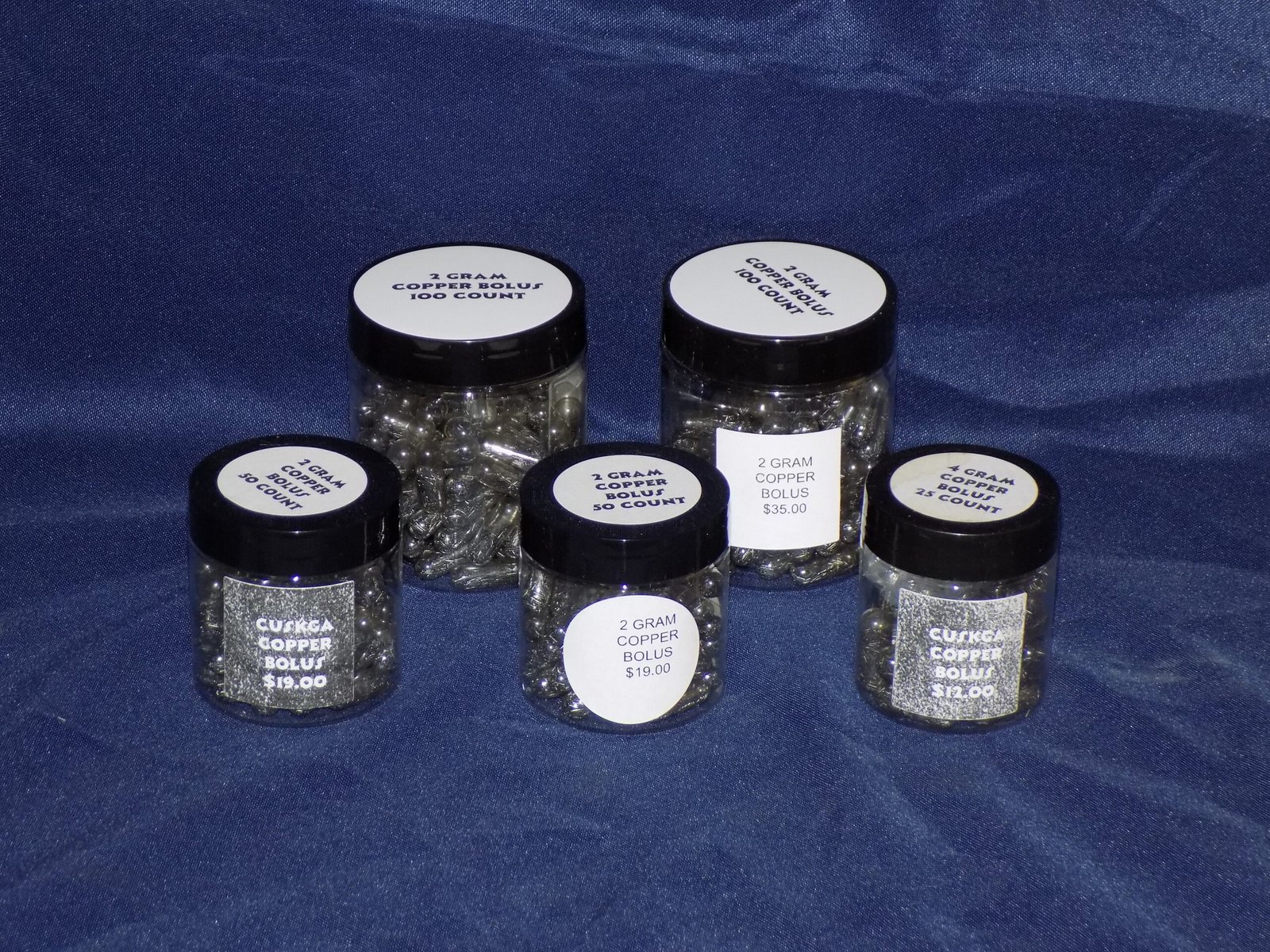
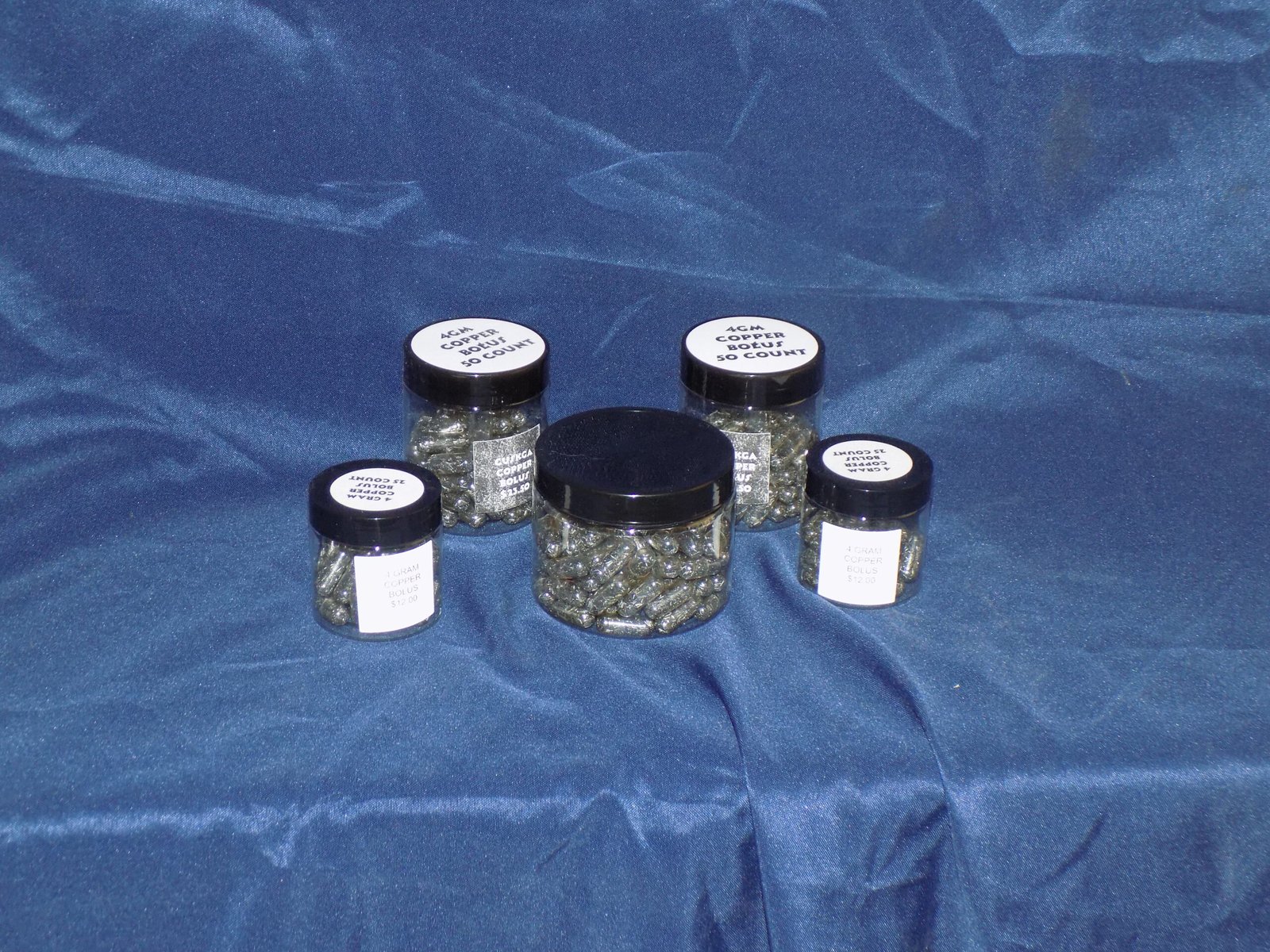
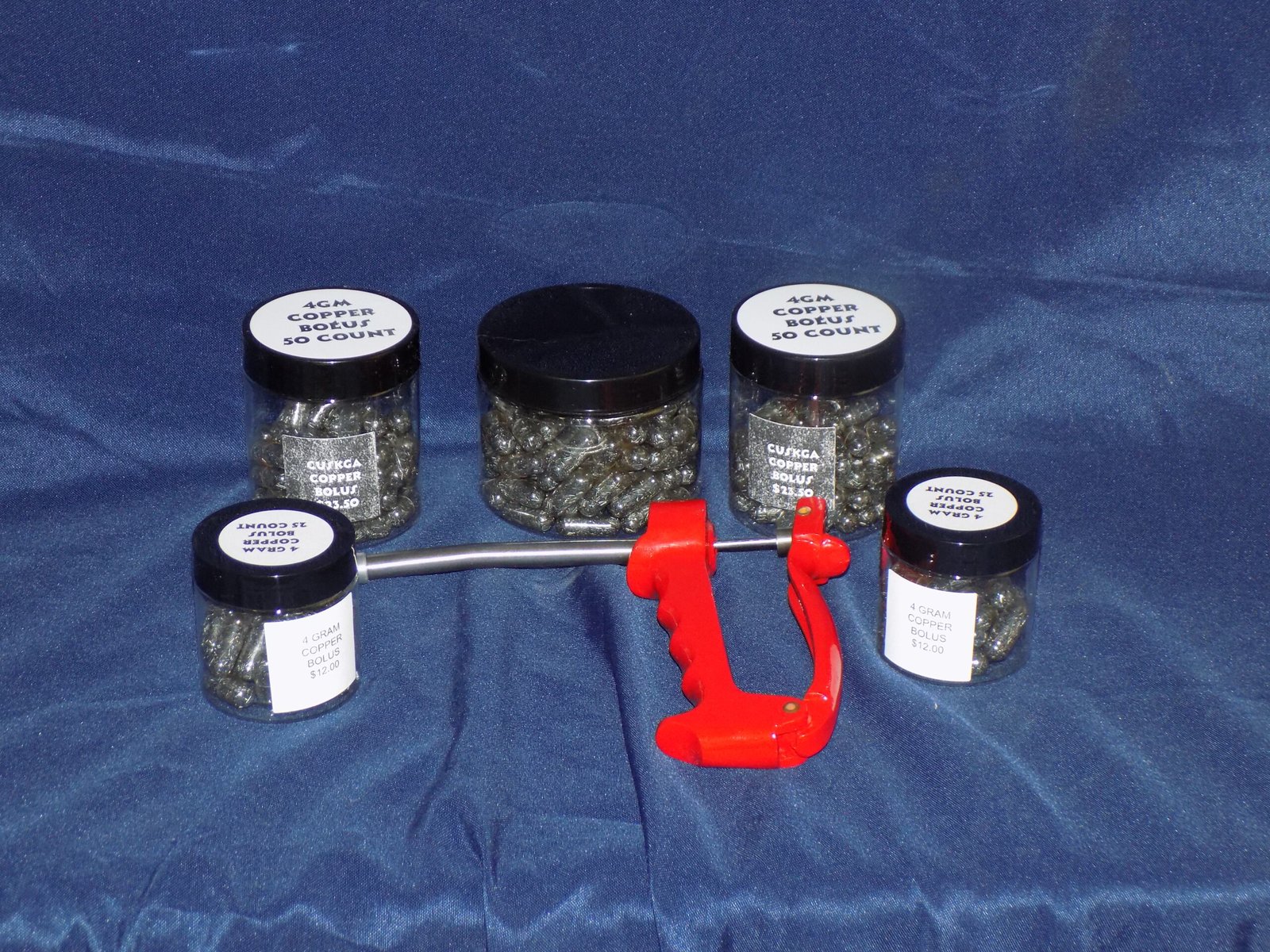
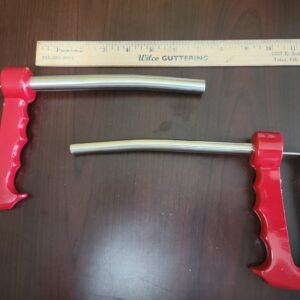
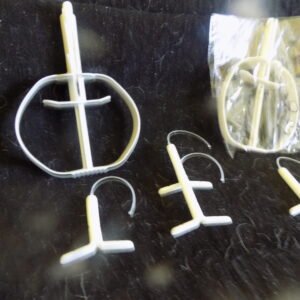
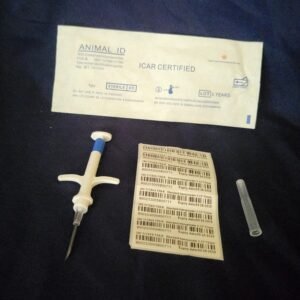
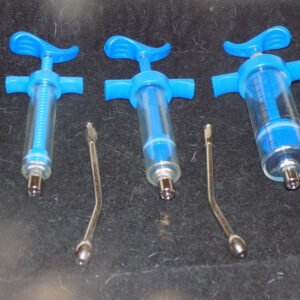
Reviews
There are no reviews yet.